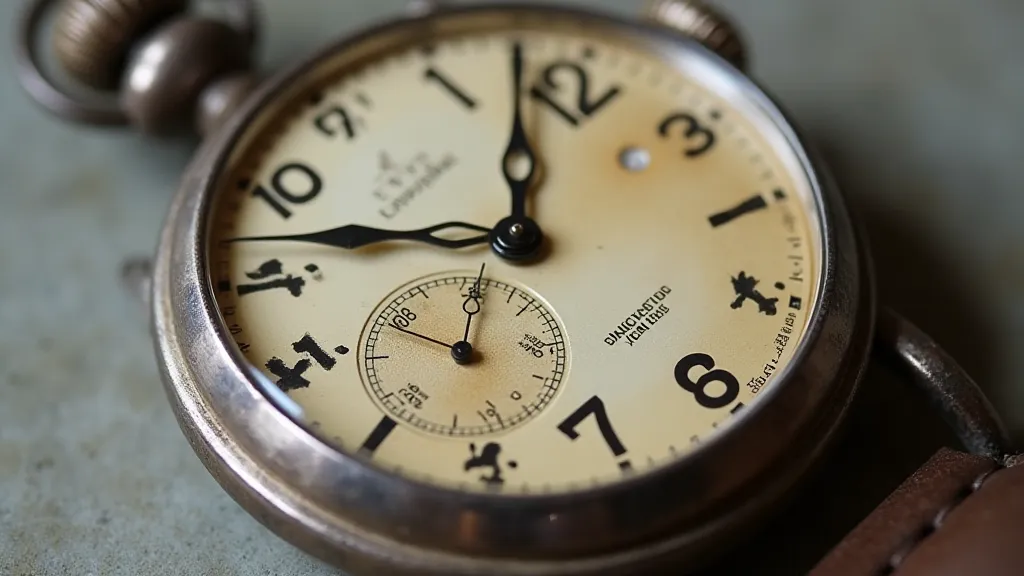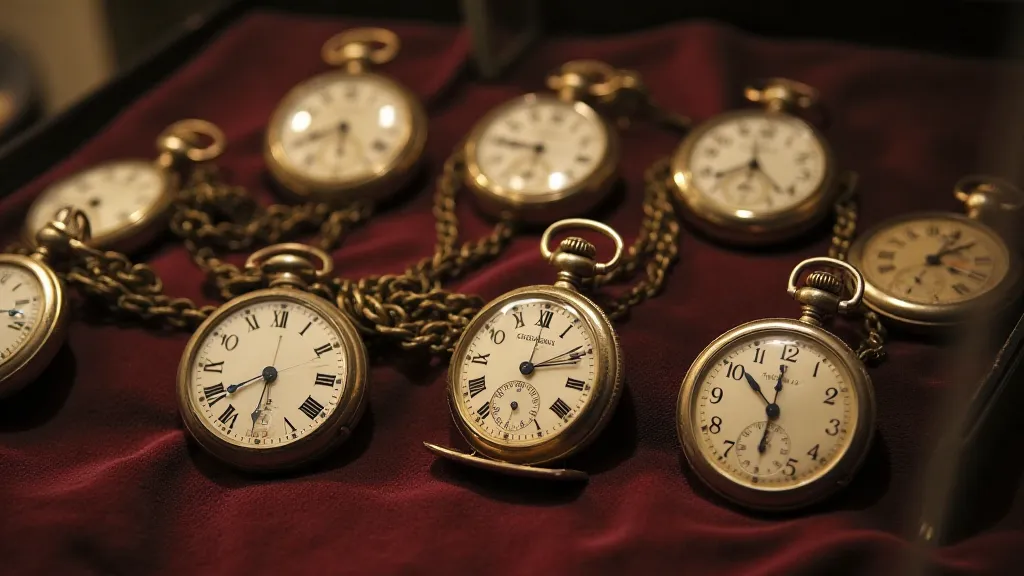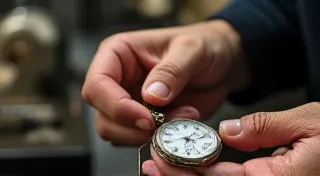Collecting Military Pocket Watches: A Historical Overview
Military pocket watches hold a unique and compelling place within the world of watch collecting. Far more than just timekeeping devices, these watches served as vital tools for soldiers throughout history, each one carrying echoes of conflict and resilience. This article explores the history of military pocket watches, examining their distinct designs, the evolving standards they met, and their profound significance in wartime.
Early Military Timekeeping: Before Standard Issue
Prior to formal military regulations regarding timepieces, soldiers relied on personal watches or shared time from officers. The lack of standardization often resulted in inaccurate timekeeping, a significant disadvantage in coordinated maneuvers. The American Civil War (1861-1865) highlighted the need for reliable and uniform time across ranks, prompting initial attempts at standardized timekeeping.

The Rise of Standard Issue: The U.S. Military’s Regulations
The U.S. military began formulating specific requirements for military pocket watches in the late 19th century. Early regulations focused on accuracy, durability, and legibility. Watches had to meet strict tolerances for timekeeping and withstand the rigors of field conditions. The introduction of grade movements like Elgin's Grade 12 and 18 became increasingly common. These movements were robust, reliable, and readily available for military contracts.
World War I: The Era of Elgin and Waltham
World War I marked a pivotal period for military pocket watches. The sheer scale of the conflict demanded vast numbers of reliable timepieces. Elgin and Waltham were the primary suppliers, churning out thousands of watches specifically made for the U.S. military. These watches are characterized by their simple, utilitarian designs – often housed in sturdy, plain cases designed for ease of use and durability. They typically featured Arabic numerals and highly legible hands.
World War II: Transition to Smaller Watches and the End of Pocket Watch Production
The Second World War brought about a shift. Wristwatches began to gain prominence as a more practical option for soldiers. While some pocket watches continued to be issued, the demand dwindled significantly. Manufacturers increasingly focused on the production of wristwatches. By the end of the war, production of military pocket watches had largely ceased, marking the end of a significant chapter in horological history.

Identifying and Collecting Military Pocket Watches
Identifying military pocket watches involves examining several key features. Look for military markings, typically stamped on the inside of the case. These markings often include the initials "U.S." or "U.S.M." followed by a serial number. The case material is usually silver or nickel-plated, chosen for its durability. The movement, while often standard grades from Elgin or Waltham, may have military-specific adjustments or markings.
Rarity and Value
While not all military pocket watches are rare, certain models and variations command higher prices. Watches issued early in a conflict, those with unique markings, or those in exceptional condition are often sought after by collectors. The historical significance and inherent resilience of these watches contribute to their enduring appeal.

Preserving a Piece of History
Collecting military pocket watches isn’t just about acquiring beautiful objects; it’s about preserving a tangible link to the past. These watches represent the bravery and sacrifices of soldiers who served, and each one tells a story of resilience and determination. Careful preservation and appreciation are key to honoring that history.





